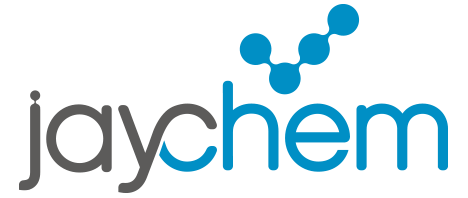Resolving Stability Failures in Legacy Product Tech Transfers
Legacy products can present significant risks during technology transfer, especially when analytical methods are outdated or unvalidated.
Recently, we helped a customer overcome recurring stability failures in a long-standing product by replacing an obsolete Gas Chromatography (GC) method with a validated High-Performance Liquid Chromatography (HPLC) method. At the same time, Jaychem reviewed and optimised the manufacturing process to align with current quality expectations.
The result: reproducible stability and process validation data that restored regulatory confidence and ensured uninterrupted supply
The Challenge
A pharmaceutical customer engaged Jaychem during the transfer of a legacy product that had been manufactured and tested under long-standing procedures. Although the product had a well-established history, recent stability studies produced out-of-specification and variable results, raising concerns with regulators.
A root-cause investigation revealed multiple issues contributing to the inconsistency:
Outdated analytical method – an unvalidated GC procedure no longer suitable for regulatory expectations.
Method drift – repeated transfers between three external laboratories had introduced variation.
Obsolete testing environment – the current contract lab operated with outdated equipment and practices.
Manufacturing inefficiencies – the process required review and optimisation to ensure reproducibility and compliance.
Jaychem’s Solution
Jaychem implemented a structured remediation program addressing both analytical and process factors:
Analytical method redevelopment – the obsolete GC method was retired and replaced with a fit-for-purpose HPLC method optimised for the product’s active ingredients.
Full method validation – the new method was validated in accordance with ICH guidelines to ensure precision, accuracy, and robustness.
Process review and optimisation – manufacturing parameters were refined to strengthen product consistency and quality assurance.
Regulatory alignment – the validated method and revised process were used to generate new stability and process validation data supporting compliance.
Outcome
Jaychem’s integrated scientific and technical approach delivered:
Reproducible, reliable analytical data confirming product stability.
A validated HPLC method package ready for regulatory submission.
An optimised manufacturing process aligned with current GMP and quality standards.
Successful process validation and continuation of market supply.
Restored customer and regulatory confidence in the product’s quality and compliance.
Conclusion
Legacy products often conceal hidden risks — from outdated analytical methods to unverified processes — that can threaten both compliance and continuity.
This case illustrates Jaychem’s ability to combine analytical redevelopment with process optimisation, delivering validated, regulator-ready data and long-term manufacturing reliability.
For Heads of Quality and Regulatory Affairs leaders, Jaychem offers deep expertise in method development, validation, and stability program support, helping legacy products remain compliant, stable, and market-ready.
Jaychem — sustaining product integrity through science and precision.
